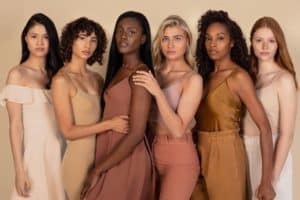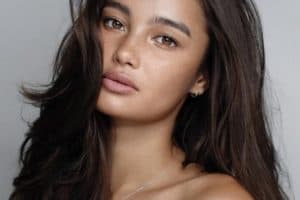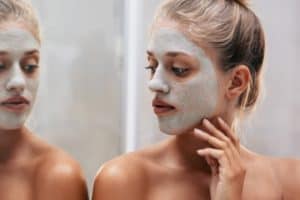Have you ever wondered what skin complexion you have? Knowing what complexion type you fall under will help you find the right skincare products and shades. It will also help you take better care of your skin.
Knowing your skin complexion type also lets you know how you can protect yourself from sun exposure. So, how exactly is complexion typed and classified?
The Fitzpatrick skin type system is a scale used to classify skin types. It was developed by Thomas Fitzpatrick back in 1975 and is still used in modern-day dermatology. There are six classifications under the Fitzpatrick scale for complexion types. They are as follows:
- Type 1 – Very Fair
- Type 2 – Fair
- Type 3 – Medium
- Type 4 – Olive
- Type 5 – Brown
- Type 6 – Black
Read on to learn more about these 6 skin complexion types so you can determine which type you have and how you can better care for your skin.
Also, for an excellent exfoliator, take a look at our top pick, the CeraVe Skin Renewing Nightly Exfoliating Treatment:
Click here to see it on Amazon.
The Six Complexion Types
We’re going to use the Fitzpatrick skin type system to find out what complexion type you have. The Fitzpatrick skin type system was developed in 1975 and has been used since then by dermatologists to classify complexion types. Let’s discuss it by type.
The Fitzpatrick Scale:
- Type 1 – Very Fair
- Type 2 – Fair
- Type 3 – Medium
- Type 4 – Olive
- Type 5 – Brown
- Type 6 – Black
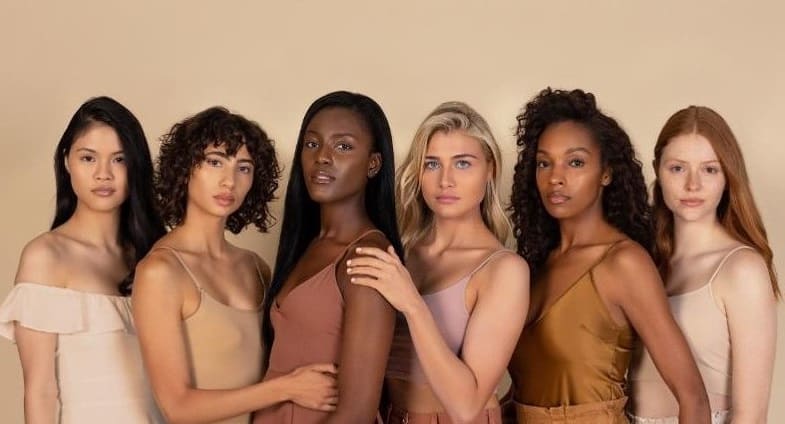
Type 1 – Very Fair
Type 1 is a very fair skin type. It may also be referred to as ivory. People with type 1 skin type will get sunburnt much more easily than anyone else. They get burnt even with very little sun exposure because their skin is highly sensitive. Also, people with type 1 skin type will not tan. Usually, people who fall under this category have pale white skin, green or blue eyes, and blond or red hair.
To give you a clearer picture, celebrities with type 1 skin type are Nicole Kidman, Emma Stone, Cate Blanchett, Anne Hathaway, Prince Harry, and Ed Sheeran.
Type 2 – Fair
Type 2 is a fair skin type. People under this category have a fair or pale skin color. They often have freckles, too. Their skin also burns and peels when they get sun exposure. These people very rarely tan and usually have blue, gray, or green eyes. Their natural hair color is typically blond.
To give you a clearer picture, celebrities with type 2 skin type are Lucy Liu, Jennifer Anniston, Drew Barrymore, Angelina Jolie, Brad Pitt, Zac Efron, and Hugh Jackman.
Type 3 – Medium
Type 3 is a medium skin type. This skin type is fair to beige with golden undertones. People with a medium skin type have a skin color that isn’t too dark but not too fair. They sometimes have freckles, their skin occasionally burns after sun exposure, and sometimes even tan. Their eye color is usually hazel or light brown. Generally, their natural hair color is dark blond or light brown.
Some celebrities with type 3 skin type are Taylor Lautner, John Stamos, Nicole Scherzinger, and Zendaya.
Type 4 – Olive
Type 4 is an olive skin type. This skin type is beige with a light brown tint in appearance. People with type 4 skin tone rarely have freckles. They tan easily and rarely burn with sun exposure. People with olive skin type usually have dark brown eyes. Their natural hair color is typically dark brown.
Celebrities with type 4 skin type are Halle Berry, Freida Selena Pinto, Jessica Alba, Eva Mendes, Dev Patel, and John Legend.
Type 5 – Brown
Type 5 is a brown skin type. This skin type is also dark brown. People with type 5 skin type very rarely have freckles. They rarely get sunburnt and always tan. People classified under type 5 skin tone have dark brown or jet black eyes. Their natural hair color is dark brown to black.
Celebrities with type 5 skin type are Tyra Banks, Beyonce, Kanye West, Gabrielle Union, and Craig David.
Type 6 – Black
Type 6 is a very dark brown to black skin type. This skin type is deeply pigmented brown/black. People with type 6 skin type never burn, and they always tan very darkly. Their eye color is usually brownish-black or black. Also, their natural hair color is black.
Celebrities with type 6 skin type are Naomi Campbell, Michelle Obama, Usain Bolt, and Lupita Amondi Nyong’o.
Here is a chart for quick reference of the six complexion types:
| Type 1 | Very fair skin, almost pale white with blue or green eyes, and blond or red hair | Always burns and never tans |
| Type 2 | Fair skin with blue, gray, or green eyes and blond hair | Always burns, rarely tans |
| Type 3 | Fair to beige skin with golden undertones, hazel or light brown eyes, and dark blond or light brown hair | Occasionally burns and sometimes tans |
| Type 4 | Beige with light brown tint skin or olive skin, dark brown eyes, and dark brown hair | Rarely burns and tans easily |
| Type 5 | Dark brown skin type, black eyes, and dark brown or black hair | Almost never burns and always tans |
| Type 6 | Very dark brown to black skin, black eyes, and black hair | Never burns and always tans very darkly |
Protecting Your Skin According to the Six Skin Complexion Types
Once you’ve identified your skin type according to the Fitzpatrick scale, you’ll know how to protect your skin based on what category you fall under.
Types 1 and 2
If you belong to skin type 1 or 2, you have a very high risk for sun damage, premature skin aging from too much sun exposure, melanoma, and other types of skin cancer. But, there are many easy ways to protect your skin. Here are a few tips:
- Always use sunscreen protection, even if there is cloud coverage outdoors. Use a strong sunscreen with a 30+ SPF.
- Seek shade when you are out in the sun. You may bring a scarf to shade or cover your face as you walk in the parking lot to your car. Try to limit your sun exposure, too.
- Wear a wide-brimmed hat. It can help protect your face and neck.
- Use sunglasses with UV protection.
- If you plan to go under the sun for a couple of hours, say for a hike or other outdoor exercises, wear protective clothing with a UPF rating of 30 or higher.
- Check your skin from head to toe monthly. Look out for any growths, discolorations, or patches.
- Get an annual skin checkup with a doctor.
Types 3 to 6
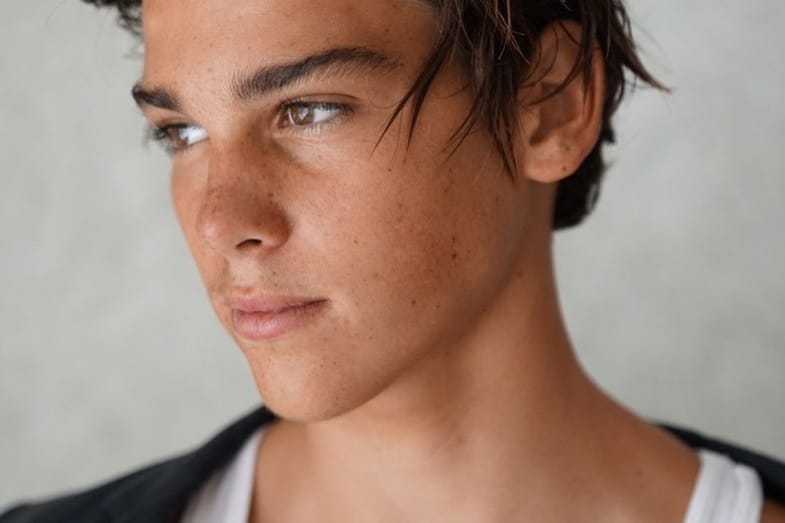
Types 3 to 6 skin types may not have as much risk from sun exposure. However, but there are still some risks. It does not exempt you from using sun protection, even if your risk may be lower than those under types 1 and 2. Also, even if you belong to the darkest skin type, there is still a little chance that you may get melanoma. To take care of your skin, here are 7 helpful skincare tips:
- Wear sunscreen products with an SPF of 15 or higher every time you go out, even on days with cloud coverage.
- Limit your exposure to the sun after 10 a.m.
- Use a wide-brimmed hat when going under the sun for a while to protect your face and neck.
- Wear sunglasses with UV protection.
- Make sure to wear protective clothing if you’re going to exercise under the sun (e.g., long sleeves tops and sun visor).
- Check your skin on your whole body, from head to toe, every month. Look for any growths, discoloration, or patches. For people with dark skin, the signs of melanoma usually appear on the parts of your body that do not regularly get exposed to the sun.
- Get an annual skin checkup with a doctor.
Essential Skincare Products for All Skin Types
1. Exfoliators
Proper skin hygiene is also highly recommended, regardless of your complexion type. Exfoliating is essential in a skincare routine.
Click here to see it on Amazon.
This product is suitable for all skin types and ages.
2. Skin Vitamins
Vitamin C is also essential for your skin. Try this Image Skincare Vital C Hydrating Anti Aging Serum.
Click here to see it on Amazon.
It works for all skin types and evens out different skin tones. The vitamin C in the Image Skincare Anti Aging serum brightens and tightens your skin while softening the appearance of wrinkles. This serum also leaves your skin with an intense plumping effect.
3. Moisturizers
A good moisturizer is necessary to keep your skin nourished all day. Try the ELEMIS Pro-Collagen Marine Cream, Anti-wrinkle Day Cream.
Click here to see it on Amazon.
This Elemis cream is smooth and light, so it’s perfect to use every day as it doesn’t feel heavy on the skin. This moisturizer also has Ginkgo biloba, rose, and mimosa. These ingredients moisturize the skin and leave it looking firmer and even. It is the ultimate anti-aging cream!
What the Scale Means
Sunlight has many health benefits, like being a natural source of vitamin D for the body. However, too much sun exposure will lead to damaged skin. Excessive exposure poses risks to skin damage and cancer. So to keep safe, refer to the list of tips above.
You can use the Fitzpatrick scale as a reference guide to get a better idea of how much sun exposure is actually healthy and not damaging to your skin. However, the scale will only provide general insight and guidance.
It can never take the place of an actual consultation with your doctor or primary care provider.
The scale is used by dermatologists to assess the risk of premature skin aging and skin cancer. Doctors also use this scale when determining the correct dosage of light therapy for patients with psoriasis.
It also serves as a guide for performing laser treatments, cosmetic procedures, and scar treatments.
Based on the scale, we can see that people who have lighter or fairer skin are at risk of sun damage. However, the daily use of sunscreen is highly recommended for all people, regardless of skin color. It is wrong to assume that the darker your skin complexion, the less sunscreen you will need.
Although the scale actually says that the darkest of the skin complexion types never burns, it doesn’t necessarily mean that the darkest skin complexion is not at risk for skin damage or skin cancer.
No matter which skin complexion type you have, whatever your race or ethnicity, it is essential to pay attention to your skin’s overall health.
Regularly check for any spots, moles, blemishes, discoloration, or other concerning changes in your skin. Seek the advice of a healthcare provider if you notice any of these skin changes.
Conclusion – The Six Complexion Types
So to recap, what are the six complexion types? The Fitzpatrick scale is used by dermatologists to determine a person’s complexion type. There are six complexion types under the Fitzpatrick scale. They are as follows:
| Type 1 | Very fair skin, almost pale white with blue or green eyes, and blond or red hair | Always burns and never tans |
| Type 2 | Fair skin with blue, gray, or green eyes and blond hair | Always burns, rarely tans |
| Type 3 | Fair to beige skin with golden undertones, hazel or light brown eyes, and dark blond or light brown hair | Occasionally burns and sometimes tans |
| Type 4 | Beige with light brown tint skin or olive skin, dark brown eyes, and dark brown hair | Rarely burns and tans easily |
| Type 5 | Dark brown skin type, black eyes, and dark brown or black hair | Almost never burns and always tans |
| Type 6 | Very dark brown to black skin, black eyes, and black hair | Never burns and always tans very darkly |
The scale is used to analyze, diagnose, and treat skin conditions. It is also used as a basis to determine the extent of sun damage on the skin.
Related reading:
Skin Tone Chart – Find Your Color and Foundation
25 Skin Tone Names (With Pictures)
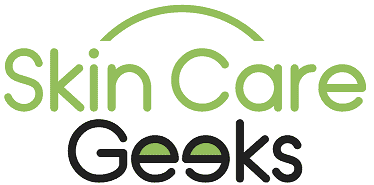








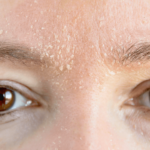

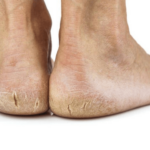
![Say Goodbye To Wrinkles On The Face [Easy Tips to Prevent Them] wrinkles on face](https://skincaregeeks.com/wp-content/uploads/2023/04/wrinkles-on-face-1-2-150x150.png)

